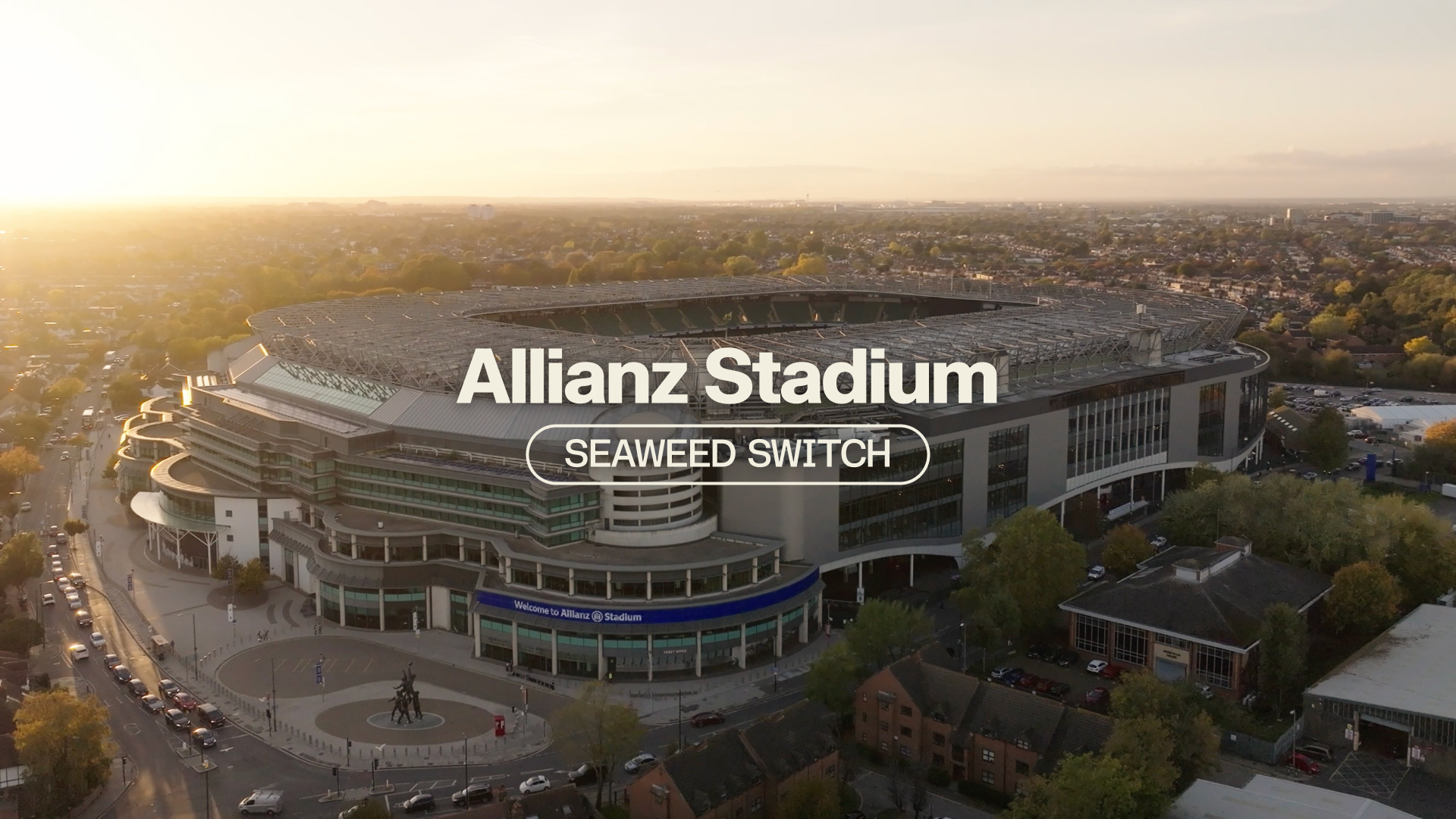The coffee cup: reimagined during Earthshot Week

As the world gathers in Rio de Janeiro for Earthshot Prize Week 2025, a small cup is telling a big story. Through a collaboration with The Earthshot Prize, Klabin and Macaw Coffee, we’re piloting the Notpla Gen 1 espresso cup — a new way to enjoy one of life’s simplest pleasures without the hidden plastic.
Earthshot Coffee debuts during Earthshot Week 2025 in Rio
Each cup of Earthshot Coffee is a celebration of Brazil and of a shared commitment to sustainability. The coffee beans, oat milk, and chocolate are sourced locally from independent, responsible farmers, highlighting the people and places driving change on the ground. Roasted by Macaw Coffee, a Brazil-born roaster championing regenerative sourcing, community impact, and wildlife conservation.
To match this sustainable coffee experience, we’re trialling the first generation of espresso cups using Notpla's seaweed-based coating, designed to reduce plastic exposure from hot drinks.
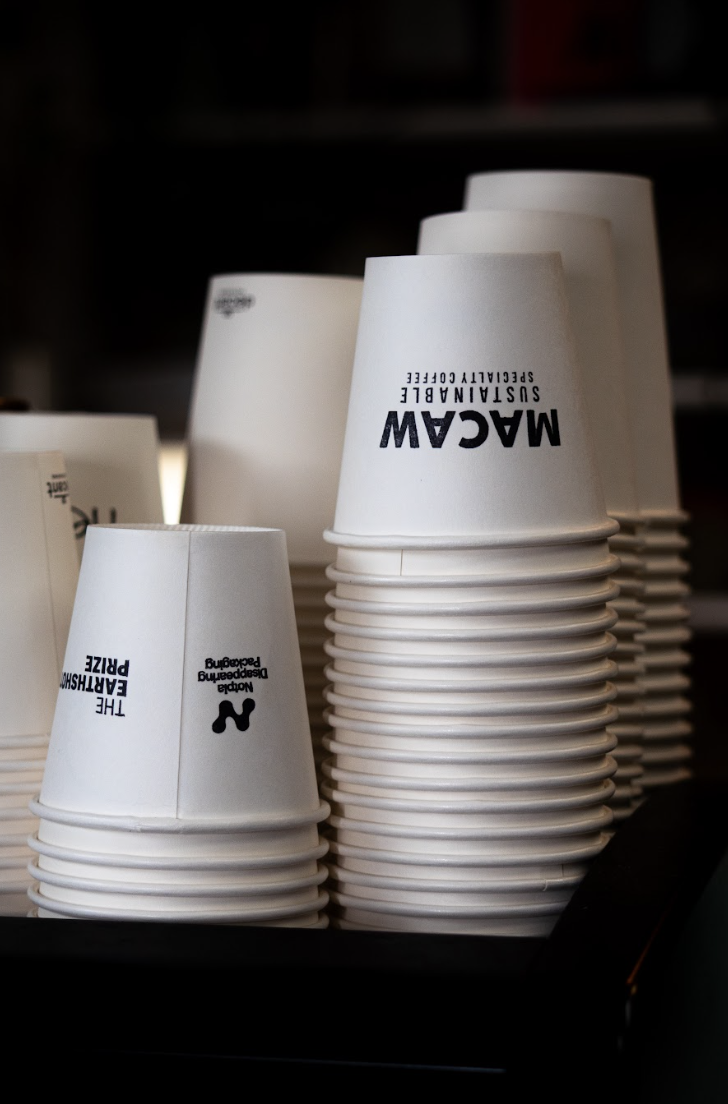
Tackling an invisible problem: Microplastics in our drinks
When hot coffee is poured into a conventional coffee cup, the plastic lining that keeps it from leaking begins to release thousands of microplastic particles into the liquid. Each sip carries these invisible fragments into our bodies.
A recent study found that drinking from disposable plastic cups just once or twice a week could expose a person to up to 74,000 microplastic particles a year (National Library of Medicine). These particles are ingested with every sip, raising growing concerns about human health as well as the environment.

The Notpla Gen 1 espresso cup - a first step, not the final one
The Gen 1 espresso cup is designed to tackle the microplastic issue head-on. The cup’s interior surface is coated with Notpla’s seaweed material, the first ever to be government-certified plastic-free, meaning your coffee touches no plastic.
To achieve a functional seal, a small amount of industry-standard adhesive is currently used at the base and seam, a necessary step for functionality as development continues toward a fully natural solution.
Gen 2, featuring a natural adhesive, is already in development. Each iteration moves us closer to a future where every cup is made entirely from nature.

What comes next?
Following the debut at Earthshot Week, we’re working to evaluate performance, scalability, and consumer feedback - accelerating progress toward a fully natural, heat-sealed cup. Klabin’s engagement demonstrates how seaweed-based coatings can be integrated into existing packaging infrastructure, opening the door for wider adoption of nature-based materials across the industry.
By joining forces with Earthshot, Klabin and Macaw Coffee, we're proving that innovation, industry, and nature can work hand in hand to build a waste-free world — one coffee at a time.
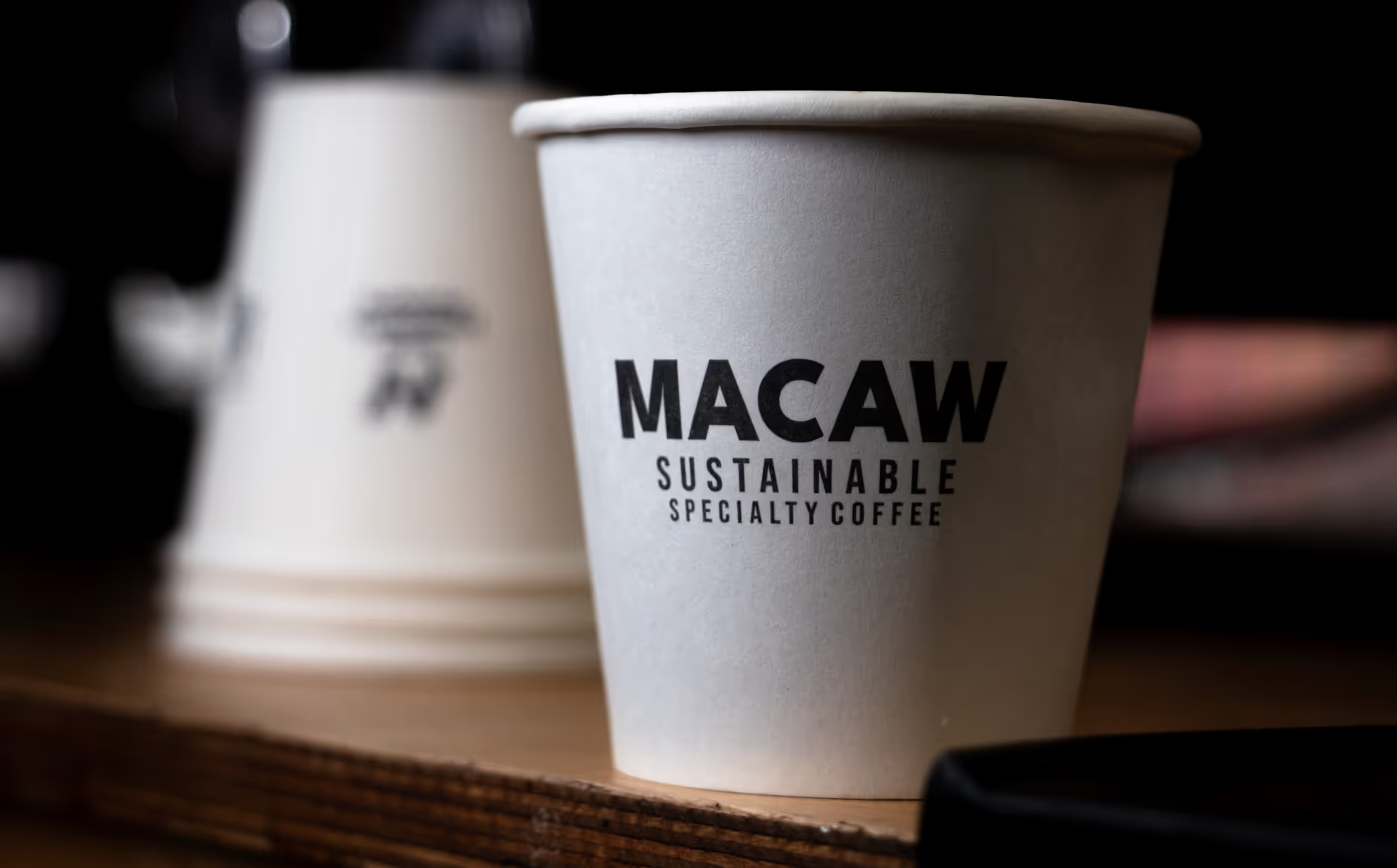
FAQs
It's only natural that you'd have questions.
Anything you're still keen to find out? Drop us a message →
A patented material made from seaweed and plants - renewable, compostable, and naturally biodegradable.
Seaweed is one of the planet’s most sustainable resources. It grows rapidly without the need for freshwater, fertiliser, or arable land — absorbing carbon as it grows and supporting marine biodiversity.
These cups are currently part of a limited trial during Earthshot Week. We’re learning from this first test before expanding production. We’ll be in touch as soon as the next phase begins.
If this first espresso trial proves successful, a broader rollout could happen soon. Larger coffee formats are still under development and expected later as coating performance evolves.
Not yet. This is a small pilot, not a commercial launch. We’re gathering feedback from this first field test to understand real-world performance before scaling. Depending on results, a wider release could follow soon, potentially within a few months if performance and manufacturing align.
The coating is 100% plastic and PFAs-free. To achieve a functional seal, a small amount of industry-standard adhesive is currently used at the base and seam, a necessary step for functionality as development continues toward a fully natural solution.
This pilot reflects the Notpla way of innovating, we test, learn, and improve before scaling. Just like we did with our cutlery, the Gen 1 ‘espresso’ cup is our first step toward a full range of coffee and drinks cups. By starting small, we can refine the material, performance, and user experience before expanding. We’re not waiting for perfect, instead we’re building it through real-world testing.


.jpg)



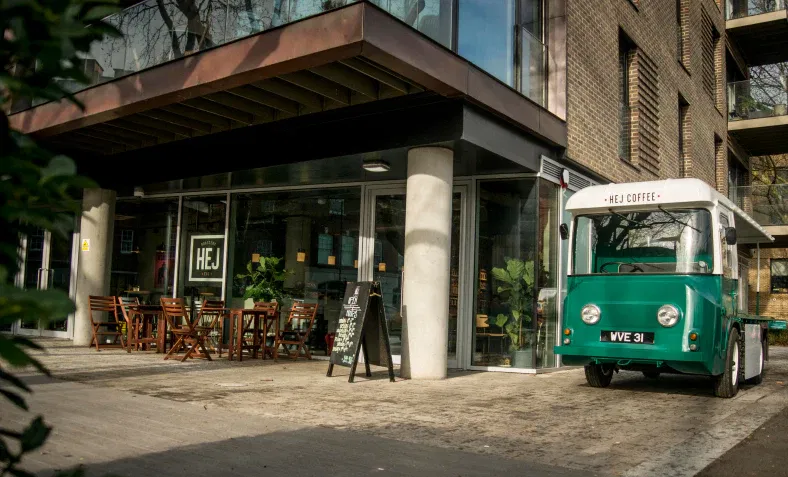
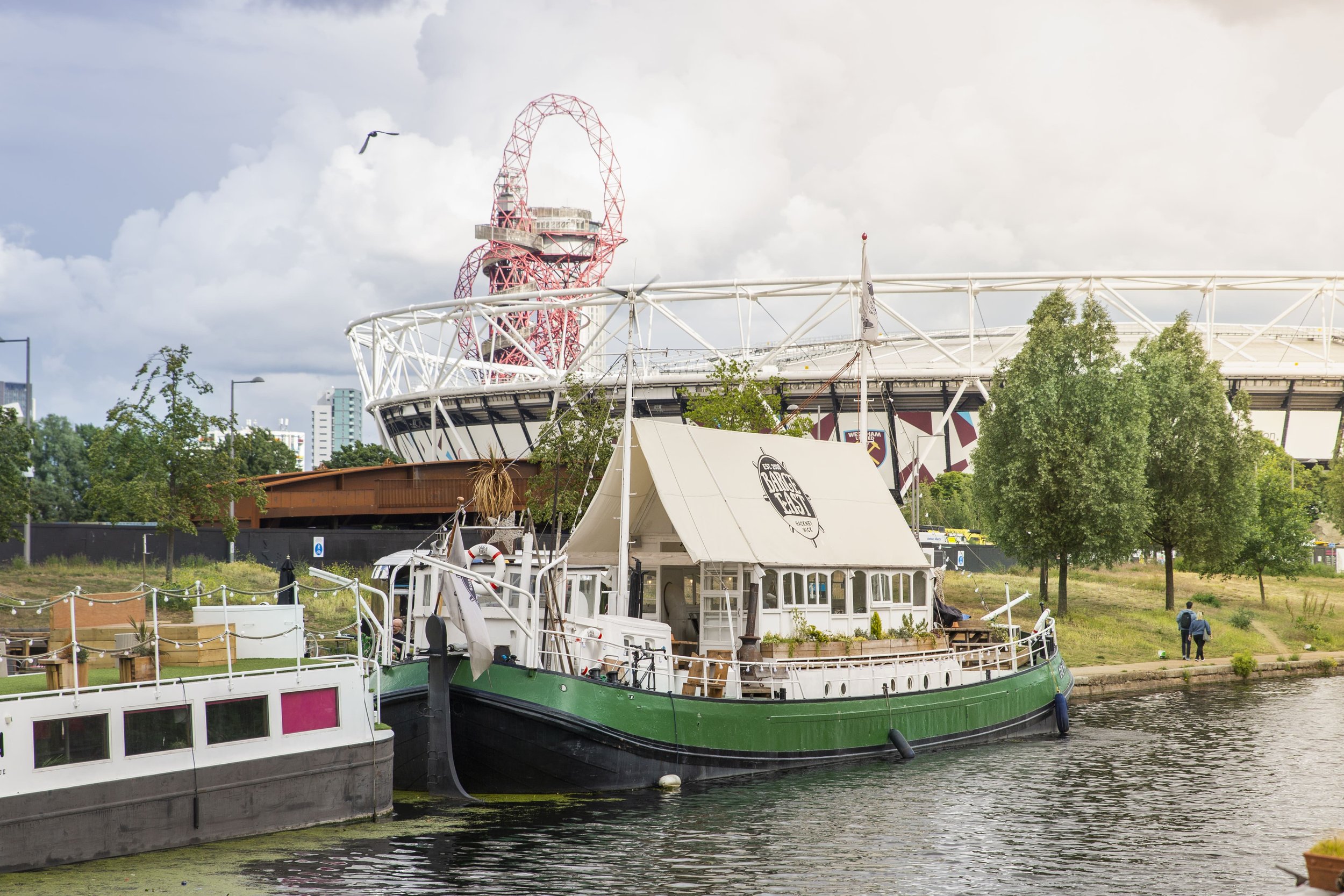
.jpg)
